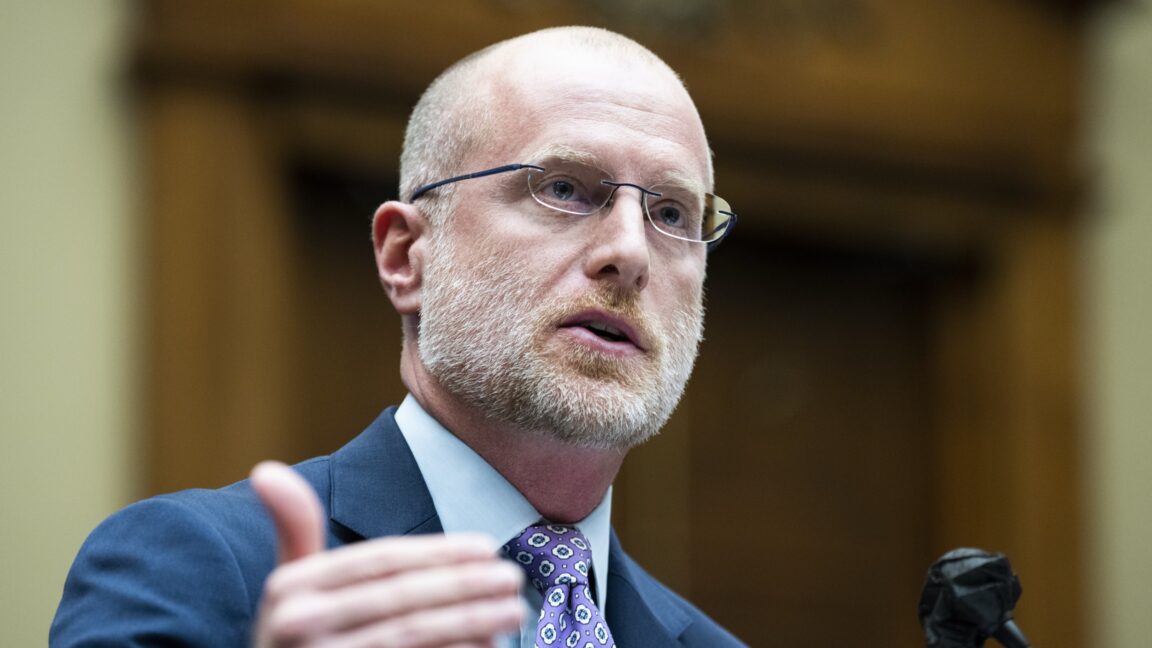In the early days when Proton started, we often received a question along the lines of “I love the product and what Proton stands for, but how do I know you will still be around to protect my data 10 years from now?”
Ten years and 100 million accounts later, we would like to think we have proven the point with our track record, but actually the question is just as relevant today as it was 10 years ago when Proton was still supported by donations. The continual demise of newer upstarts promising to be privacy-first like Proton (for instance, this one and this one) certainly keeps the question relevant, even if Proton is in many ways in a league of its own.
So instead of saying “We’ve made it for 10 years so don’t worry about the next 10 years”, here are some factors we think make Proton more resilient than other companies in this space.
Mission and purpose
Proton is not a product of Silicon Valley but a crowdfunded project conceived at CERN (the European Organization for Nuclear Research). Proton was not created to get rich (if you want to get rich, you don’t go to work at CERN) but rather to address the important societal problem of surveillance capitalism. From the start, Proton has always been about the mission and putting people ahead of profits. The goal is not to raise endless rounds of VC funding at dizzying valuations, and there is no price at which we would compromise our integrity.
Frankly speaking, Proton already has scale with over 400 employees and over 100 million accounts, so if the goal was to sell for a bunch of money, we could have done that long ago. We need not have bothered with doing any of the things listed on this page, much less give away over $2.7 million to aligned organizations. Proton’s team has been through a decade of brutally difficult work, with daunting and unprecedented challenges every step of the way. Only the true believers can stay on the path for so long.
People matter, and to this day Proton continues to be managed and run by scientists, and our values endure. Most businesses are built to be sold — we built Proton to serve the mission.
Revenues and funding
Proton is a very rare tech company that has managed to achieve scale but today does not have any venture capital investors. This gives us an unparalleled ability to put user interests first without being beholden to financially driven investors. We cannot be forced to sell ourselves, forced to deliver higher profits, or forced to seek sources of revenue that don’t align with our mission.
While Proton is not profit-driven, and we are strong believers in long-term financial sustainability. We are not billionaire subsidized, government subsidized, or even donation subsidized. Rather, we derive almost all of our revenues from selling services directly to users in a profitable way. Proton services are never going to be the cheapest, we’re not going to have flashy promotions, unlimited “lifetime” plans (unless it’s for charity), or offers that are too good to be true. Not just because it doesn’t suit us, but because it doesn’t suit the mission.
Instead, we will charge a fair price that reflects our costs and can deliver long-term stability. The benefit of this should not be overlooked in an era where software companies are raising prices 20% year over year. Proton’s prices have not increased in 10 years, despite offering many more features, so you have predictability in what you will pay year over year. And when our costs go down, because we don’t have VC shareholders with specific financial requirements, we can actually pass those savings on to you.
Technological independence and expertise
We have already talked about sustaining our values and financial sustainability, but technological sustainability cannot be overlooked. Proton owns all our servers and network equipment, acts as our own internet service provider, and doesn’t rely upon any third-party cloud providers (no Google Cloud, AWS, Microsoft Azure, etc.). Our data centers are located in multiple countries (Switzerland, Germany, and Norway), our server hardware is provided by multiple suppliers, as is the electricity that runs into our data centers, with the goal of eliminating all single points of external dependency. This approach is almost unheard of for tech companies in the past 20 years, but we learned early on that the only people we can rely upon to safeguard the mission are ourselves.
The investments required to take this approach are massive, but they ensure we are protected against third-party risks. AWS suddenly raising prices won’t tank our sustainable business model because we are in much better control over our direct costs. The same goes for core technology and expertise. We maintain our own encryption libraries, employ our own cryptographers, and build and maintain our entire stack in-house, from the physical hardware all the way to the front-end software. This comes at much higher cost, but allows us to better react to any unexpected situations. There is very little software (or hardware) run at Proton today where we do not have our own in-house experts who can fix it if something goes wrong.
These investments have tradeoffs for sure. Money that we spend here is not being spent on new features, slick UIs, or shiny marketing campaigns, but in exchange, it makes Proton a highly resilient survivor, in the best possible position to confront the challenges of today and tomorrow.
Community
Finally, Proton has you. Whether it is translating our products into dozens of languages, auditing the security of our code, suggesting features, beta testing new products and features, or just helping us spread the word, your support helps us go faster and further, and overcome any challenges. As long as there’s this community of people supporting our work, we’re not going anywhere. In fact, the ideas and values we share together may even win the future of the web. For that reason, we’re eternally grateful for your support as we fight the hard fights.




